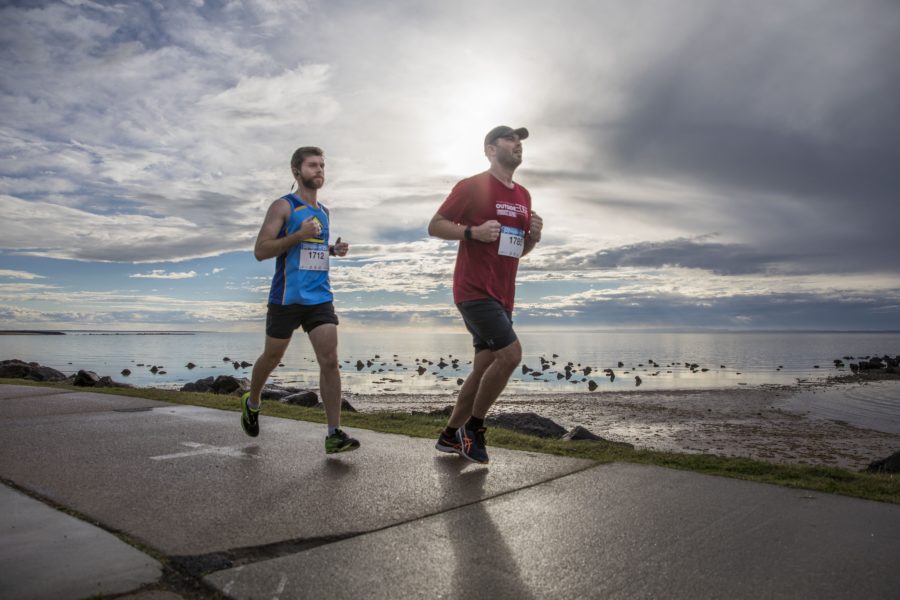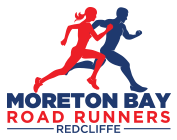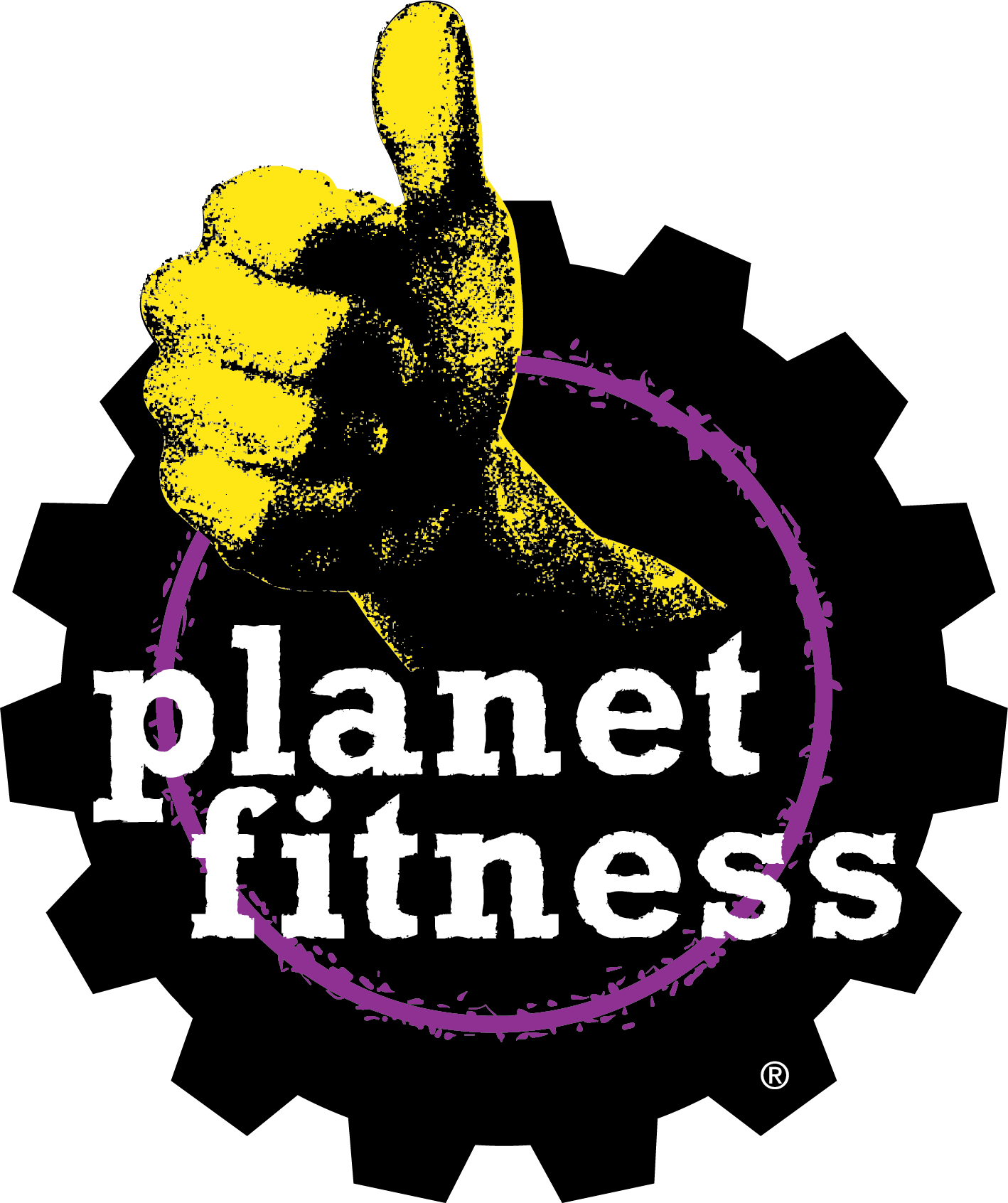How to Enhance your training
Keeping up the training for Jetty 2 Jetty can be a struggle at times, but once you get into a regular routine you'll notice your milage starting to build.
We sat down with Shena a Physio from Scarborough Physio and Health to get her tips on enhancing your Jetty 2 Jetty training to get the best out of your workouts.
1.Keep a training diary
There are loads of great options for training diaries now. You can use apps like Garmin Connect, Strava and Training Peaks or just stick to the good old paper version.
What to record:
- Run date
- Distance and time
- How you felt on the run and anything significant that happened on your run.
Looking back over this later can be a lot of fun and will give you great confidence when you see how far you’ve come!
Your training diary can also help you pick up any niggles that may be developing so that you can prevent injuries and know when to get some extra help.

2.Breathing
One of the biggest challenges many new runners have is learning to breathe comfortably while running.
As we get faster or tired, our breathing tends to rise up into the upper chest making it harder to breathe. Although we are breathing faster, we are actually breathing far less efficiently.
How to combat this problem: Learn to diaphragmatic breathe.
This is where you take controlled breaths concentrating on getting oxygen to the lower part of your lungs.
- Stand with your hands on the lower part of your rib cage.
- Draw your shoulder blades gently in and down so that your chest widens at the front.
- Take a gentle breath in through your nose and try to expand the lower part of your rib cage as if there is a balloon inflating there. Try to avoid letting the breath go first into the upper chest or belly.
- Breathe out through your mouth
Now this is not always as easy to do while you are struggling on a run!
You will need to practice both whilst running and resting. But next time you feel like your breathing is fast and shallow, slow down your pace and concentrate on your breathing. It usually takes less than a minute to get your breathing back on track, then you can pick up the pace again.
Give it a go on your next run, and see how much of a difference it will make to your running!

3.The long run – the why and the how
Over the next few weeks of training, you will gradually build up mileage in your long runs.
The purpose of the long run is to increase your aerobic capacity and build endurance in your muscles and joints.
Early in training, runners will often say ‘I struggled on my 5-8km this morning, I don’t know how I am going to manage 21.1km’. This is where the long run comes in, by gradually building your mileage week by week, before you know it, that 5-8km will be your ‘easy’ session!
There are a few key points to follow to get the most out of your long run:
- Don’t run too fast. For the most part, long runs should be done slower than your intended race pace. Your pace for your long runs should be about 30 seconds to 1 minute/km slower than you plan to go on race day. Long run pace is often referred to as ‘conversational pace’ – this means you should be able to easily have a conversation while you are running.
- Use your long run to practice what you will be doing on race day – what you eat and drink beforehand or during the run, right down to what clothes you wear (to make sure they are comfortable and don’t chafe).
- Make your long run enjoyable. You will be spending a lot of time out there on long runs, so do everything you can to make them a fun and enriching experience. Bringing a friend (or two or three) is a great way to maintain ‘conversational pace’. Find a nice place to run and celebrate at the end – you deserve it!
Well done on your training so far.
Keep up the great work and I look forward to seeing you out on the road!
Content by Shena Dale. Scarborough Physio & Health.
© 2024 Visit Moreton Bay Region Terms & Conditions Privacy Studio Untitled












